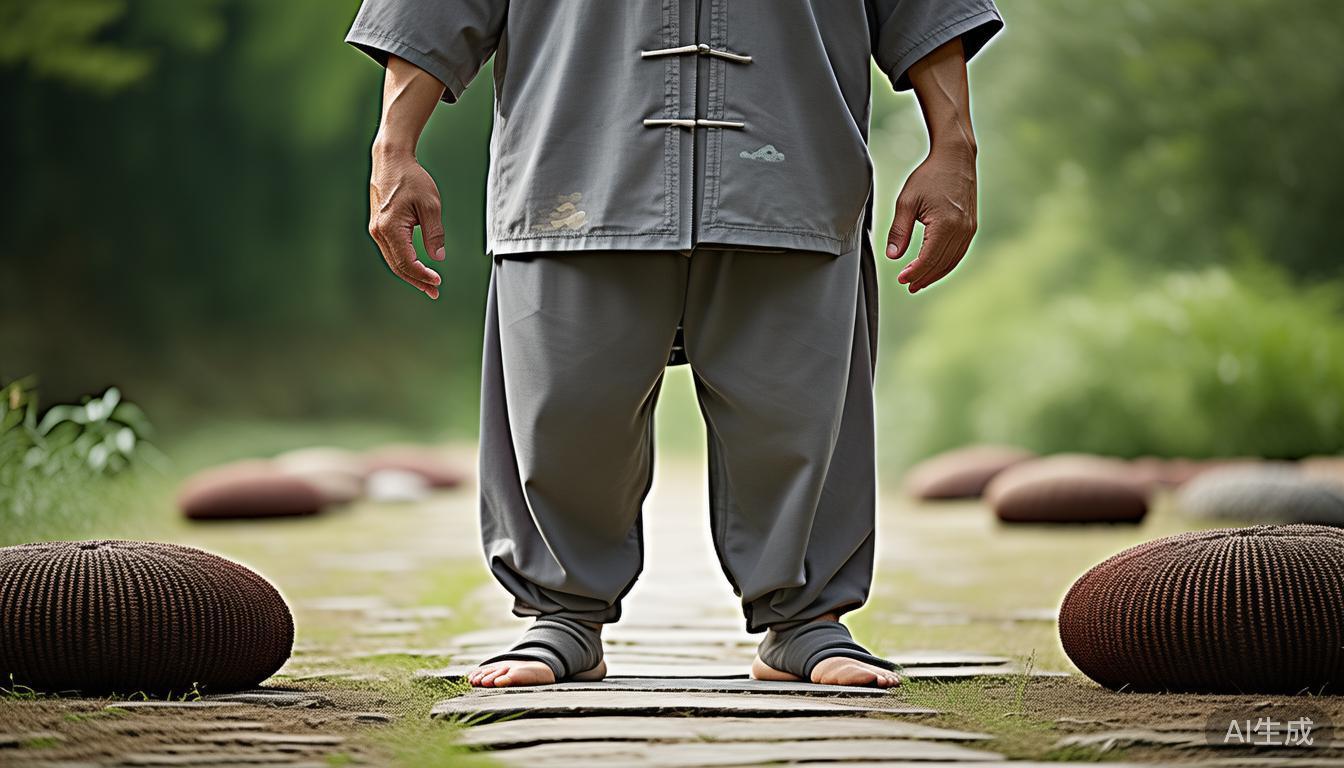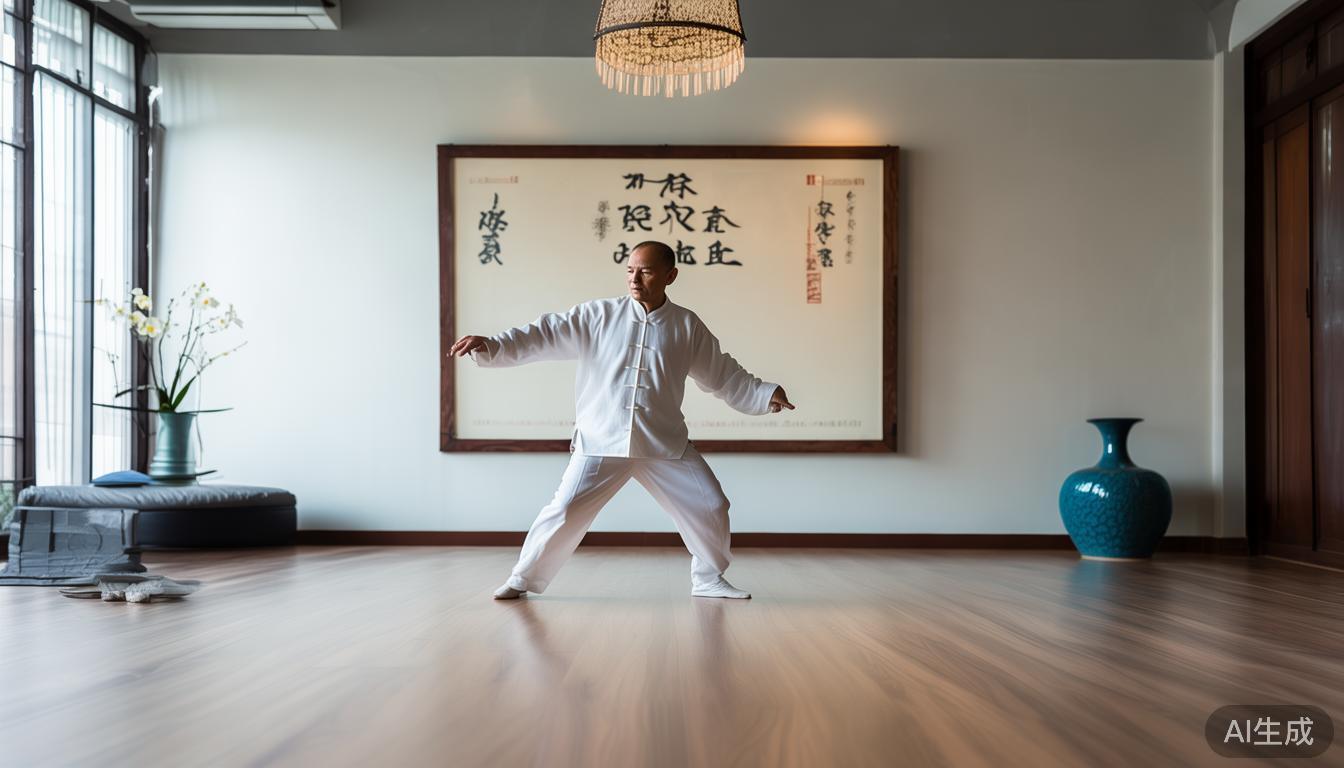Tai Chi, an ancient internal martial art, has gained new vitality in the modern health field in recent years. It is not only a gentle exercise method, but also a practice of regulating physical and mental balance. For beginners, getting started with Tai Chi is not complicated. The key is to master its core principles , namely relaxation, concentration and breathing coordination. Through continuous practice, many people have found that it can effectively relieve daily stress, improve body flexibility, and cultivate inner peace.
How Tai Chi beginners choose the right course
To lay a solid foundation, the first step is to choose an appropriate introductory course. It is recommended to start with small-class courses offered in places such as community centers and professional Tai Chi studios. These courses are generally guided by coaches with rich practical experience, so as to ensure the accuracy of movements; online courses are also unique. As a flexible option, it is best to try out a few node courses first to confirm whether the instructor's teaching style suits you. Remember, you must not pursue more difficult and complicated routines in the basic stage of learning and practicing; the focus should be on understanding the coordination of basic movements and breathing.
Equally important are environmental factors. Finding a quiet practice space can help you concentrate better. Finding a ventilated practice space can help you concentrate better. If possible, choose to practice in the early morning, when the body is more likely to enter a relaxed state. If possible, choose to practice in the evening, when the body is easier to enter a relaxed state. If you insist on practicing 2 to 3 times a week, you will soon feel the subtle changes brought by Tai Chi.
How to practice the basic skills of Tai Chi to be effective

The cornerstone of Tai Chi practice is basic skills, which include stances, cloud hands, and single whip movements. When you first learn, don't pursue perfect postures. Instead, focus on the body's own feelings. For example, when standing with your feet shoulder-width apart and your knees slightly bent, as if a tree is rooted in the earth, maintain this posture for 5 to 10 minutes. Concentrate on your breathing flow. You will feel the soles of your feet gradually heating up, which is a sign of smooth qi and blood.
When practicing Tai Chi for Diabetes , the movements should be consistent and continuous, such as falling through the clouds and walking continuously on the water. Pay attention to the wrists to lead the arms to draw circles, and coordinate with the rotation of the waist. The movements may feel stiff at first, which is a normal and inevitable process. Practice for 15 minutes every day, and gradually discover the harmonious coordination of the hands, eyes, body, and steps. It is important to note that Tai Chi is not a performance image for external surface phenomena, but one's own deep inner psychological awareness.
What common misunderstandings should you pay attention to when practicing Tai Chi?
After I modify it, you can express your needs based on the actual test or re-write the questions and we will make more improvements! Specifically, you came from Tai Chi teaching and explained the text modification plan. Are there any instructions on the teaching stage for the groups targeted by the text?
In terms of clothing, it is very important to choose loose cotton clothes and flat shoes. Some people wear tight sportswear during practice, but this will limit the blood circulation. In addition, it is not suitable to practice within one hour after a meal. This is because the body's energy is concentrated in the digestive system. If there are old joint injuries, be sure to talk to the coach in advance so that the range of movements can be adjusted.

What practical benefits does Tai Chi have for modern people?
In the fast-paced modern society, Tai Chi can effectively combat health problems caused by sitting for long periods of time. Through slow and continuous movements of Parkinson Tai Chi , it can improve the stiffness of the cervical and lumbar spine. Many office workers have reported that after regular practice, their shoulder and neck pain has been significantly relieved, and the quality of sleep has also been improved. More importantly, the concentration cultivated by Tai Chi will help us maintain inner clarity in the midst of chaos.
From a mental health perspective, Tai Chi is like a moving form of meditation. When you focus completely on your movements and breathing, the anxiety and distracting thoughts generated during work will naturally dissipate. People who practice consistently over time often develop better emotional regulation abilities. This ancient practice not only strengthens the body, but also teaches us how to find stability in turbulent situations.
For those of you who are new to Tai Chi, what are the first physical changes you feel during the practice process? You are welcome to share your relevant experiences in the comment area. If you find these relevant suggestions helpful, please give them a like, support and share them with more people who need them.


